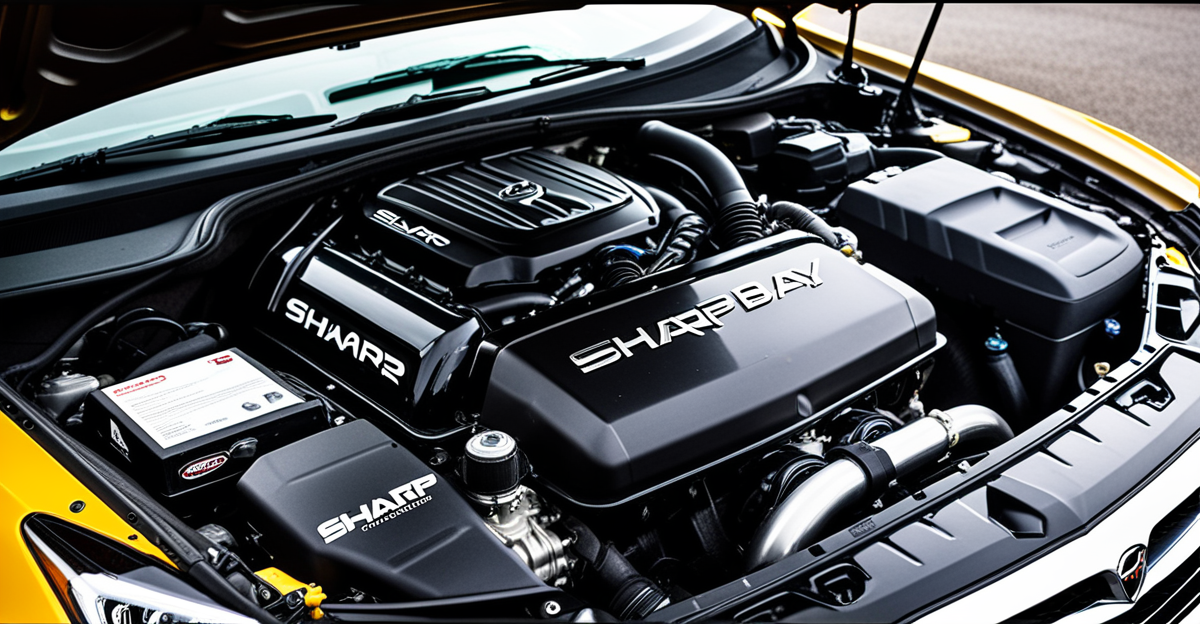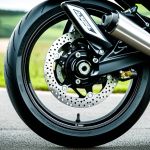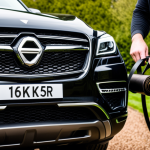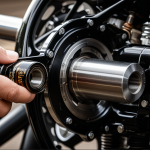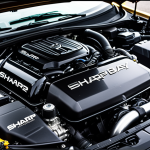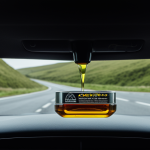Step-by-Step Engine Bay Detailing Process
Detailing the engine bay in the UK requires a careful, step-by-step car cleaning approach to achieve a professional result. First, preparation and safety are paramount. Disconnect the battery to prevent electrical hazards and cover sensitive components like the air intake and distributor with plastic bags. Use gloves to protect your hands, ensuring you follow engine bay detailing UK safety standards.
Begin by applying a suitable degreaser specifically designed for engine bays. Spray evenly, letting it penetrate grime and oil buildup. Choosing the right degreaser is critical in how to detail engine bay properly without damaging surfaces. After around 5-10 minutes, gently agitate with soft brushes, focusing on nooks where dirt accumulates.
Additional reading : Ultimate Guide to Custom Car Audio Installation in the UK: Expert Tips and Tricks for Perfect Sound
Next, rinse thoroughly with low-pressure water to avoid electrical damage. Ensure all detergent residues are removed to prevent corrosion. Finally, dry the engine bay using microfiber towels and compressed air where accessible. This drying step enhances the finish and prevents water spots—a vital element in engine bay detailing UK.
This methodical process—from preparation and degreasing to rinsing and drying—offers a reliable, comprehensive approach to cleaning the engine bay, achieving both cleanliness and vehicle safety.
Also read : Smart Choices for Urban UK Car Anti-Theft Solutions: Essential Tips for Safeguarding Your Vehicle
Essential Tools and Products for Engine Bay Detailing in the UK
Choosing the best engine bay cleaning products UK ensures effective and safe cleaning when learning how to detail engine bay professionally. Degreasers should be powerful yet gentle, specially formulated for automotive engine bays. Popular options include pH-balanced sprays that cut through grime without harming rubber or plastic components.
Detailing tools UK experts frequently recommend include soft-bristle brushes for scrubbing tight engine parts and microfibre towels for delicate wiping and drying. Using these brushes prevents abrasion while agitating stubborn dirt during the step-by-step car cleaning process. Compressed air blowers or leaf blowers can aid in speeding up drying and reaching inaccessible crevices.
In addition, protective gloves and plastic covers are essential for safety and to shield electrical parts. Many UK brands specialize in car care kits tailored specifically for engine bay detailing UK conditions, combining degreasers, brushes, and finishing sprays. Selecting from these recommended brands guarantees product compatibility and superior results. Keeping tools well-maintained and choosing the right blend of products allows for a seamless how to detail engine bay experience and long-lasting cleanliness.
Step-by-Step Engine Bay Detailing Process
A detailed engine bay starts with thorough preparation and safety. In the UK, this means disconnecting the battery and shielding sensitive areas like the air intake with plastic covers to prevent water ingress, ensuring complete engine bay detailing UK safety compliance. Wearing gloves protects your skin from harsh chemicals used during cleaning.
When you ask, how to detail engine bay effectively, begin by applying a pH-balanced degreaser designed for engine areas. Spray evenly and allow it to soak for 5-10 minutes to loosen grime and oils. Follow this with careful agitation using a soft brush, targeting tight spaces to lift dirt without damaging components.
Rinse gently with low-pressure water to avoid electrical damage, ensuring all residues are washed away to prevent corrosion. Immediately dry with microfiber towels and compressed air to eliminate water spots. Finishing sprays can enhance component sheen and provide protective layers, completing the step-by-step car cleaning journey.
These clear, safety-first measures and cleaning phases define how to achieve a spotless and safe engine bay that meets stringent UK standards.
Step-by-Step Engine Bay Detailing Process
Engine bay detailing UK always begins with thorough preparation and safety measures. Disconnecting the battery is crucial to eliminate electrical hazards. Cover sensitive parts like air intakes and electronic modules with plastic to avoid water damage. Wearing gloves protects your skin from harsh chemicals during the cleaning process.
To understand how to detail engine bay areas effectively, start by applying a pH-balanced degreaser designed for engine components. Let it soak for 5-10 minutes; this loosens grease and dirt without harming rubber or plastic parts. Next, use soft brushes to agitate grime gently, focusing on corners and tight spots. This step-by-step car cleaning avoids abrasion while ensuring deep cleanliness.
Rinsing should be done with low-pressure water to prevent electrical or mechanical damage. Avoid direct sprays on delicate areas. Once rinsed, immediately dry all surfaces with microfiber towels and compressed air to stop water spots and corrosion.
Finishing techniques include using dedicated engine bay protectants or sprays to restore plastic and rubber sheen. This step enhances presentation and adds a protective barrier to maintain cleanliness longer, rounding off the engine bay detailing UK process professionally and safely.
Step-by-Step Engine Bay Detailing Process
When learning how to detail engine bay thoroughly, begin with preparation and safety measures tailored for the UK environment. Disconnect the battery to prevent short circuits. Cover critical components such as the air intake, fuse box, and distributor with plastic to avoid water damage during cleaning. Wearing nitrile gloves protects your skin from harsh chemicals common in engine bay detailing UK.
The core cleaning procedure involves three key stages: degreasing, rinsing, and drying. Use a pH-balanced degreaser designed specifically for engine bays to safely break down oil, grease, and dirt. Spray generously and allow the degreaser to penetrate for about 5-10 minutes. Agitate gently with soft brushes to reach crevices. Rinse carefully with low-pressure water, avoiding direct streams on electrical parts to ensure no damage occurs.
Drying is essential to preserve the finish and prevent corrosion. Use microfiber towels for light drying and compressed air to expel water from hidden corners. Finishing sprays enhance the appearance and offer protective benefits, giving your engine bay the polished, show-quality result desired in step-by-step car cleaning routines common in the UK market.

